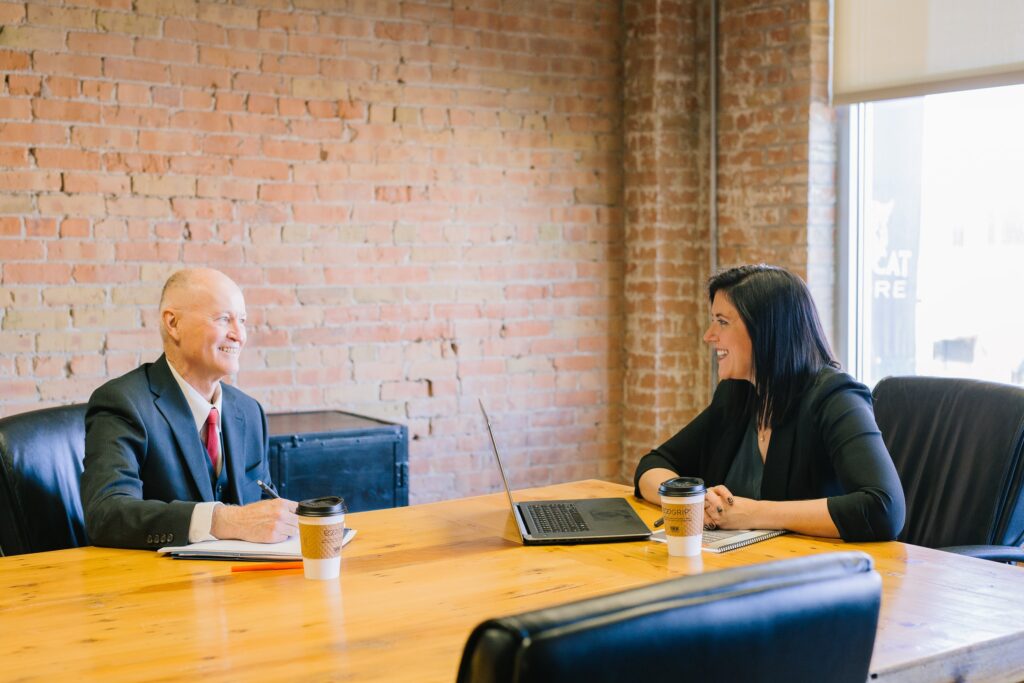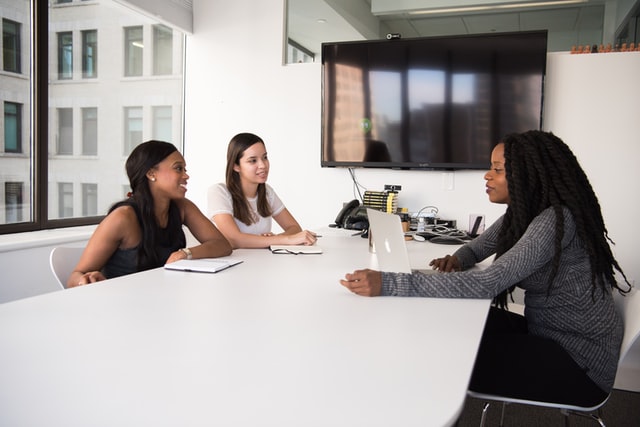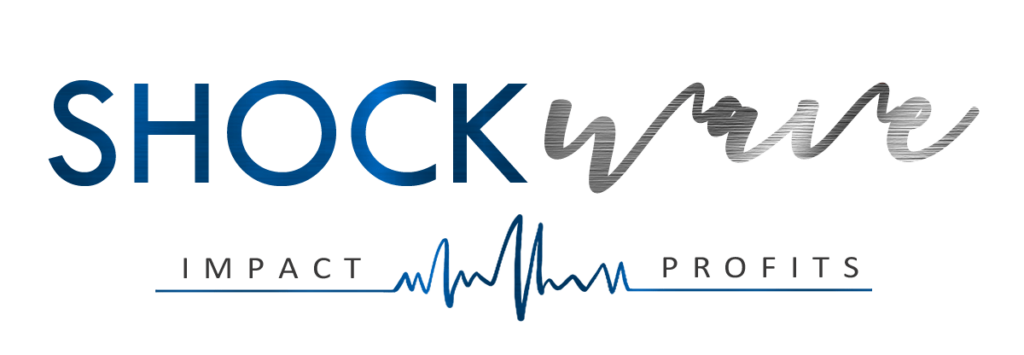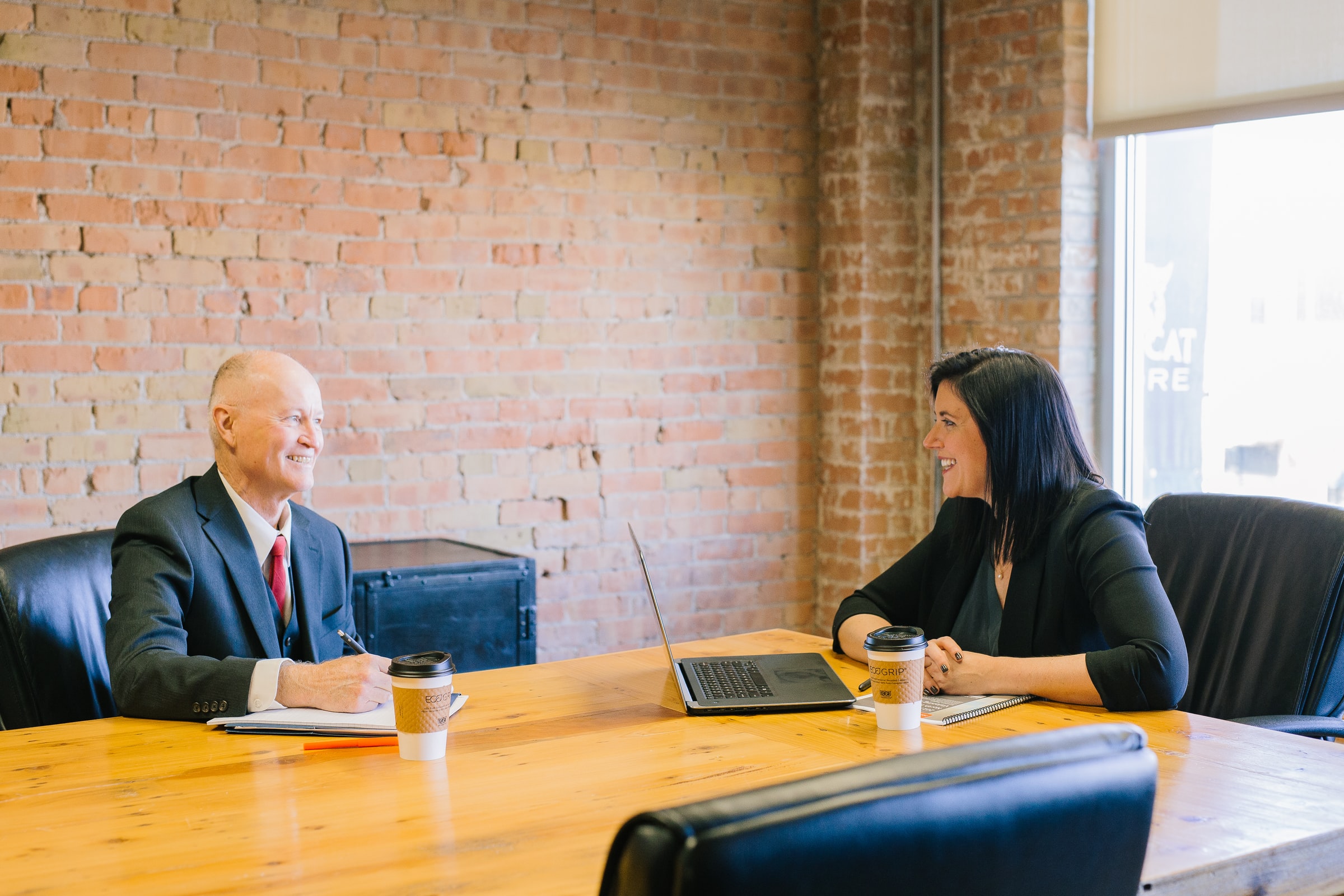5 Steps To Conducting Successful Interviews

By Amber Walsh
Hiring a new employee can be stressful and time consuming. All too often, employers end up settling for a hire that is not a good fit for the role, simply because the interviewing process has left them feeling like they are out of options.
With these five steps, you can learn how to successfully hire your ideal candidate, and in turn help your company grow and thrive for years to come. This blog is about teaching you how to prepare, assess, and complete successful interviews with ease and confidence.
The key is to work through several rounds of interviews in a methodical way, assessing each potential new hire and slowly narrowing down your list of candidates until you find the ideal person for the role. With each round of interviews, you should slowly but surely eliminate candidates who are not a good fit for the position, and develop an increasingly focused scope of top contenders.
In the initial round, you should rule out any applicants who clearly do not meet your standards and those with obvious red flags (unless there are any mitigating circumstances to consider). By the second round, you should be able to dig a little deeper and eliminate any candidates you are not confident are right for the role. By the time a candidate has completed their working interview, there should be no doubt that you have found your ideal hire.

Prepare
The first step in successfully conducting interviews and hiring your ideal candidate is preparation.
Start by evaluating the position you are looking to fill: what will the current scope of responsibility look like for your new hire? Do you need someone who can evolve and adapt to an ever-changing role? Or is this an established position that will stay consistent in the coming years?
In order to find a candidate whose short and long term goals are in line with the position they will be stepping into, it is important to determine what that position really needs in the short and long term. Assessing those needs prior to filling the position will help you find the ideal candidate.
Even with a fully-planned job description, many recruiters don’t consider what a candidate should look like in the role. Assessing needs means understanding day-to-day tasks, longer-standing requirements, and eventual developments.
It’s also important to determine a start date for this position – you don’t want to drag out your interviewing process, but you also don’t want to choose an unideal candidate because you feel you have run out of time.
Create an outline dictating what window of time you will complete each step by. This timeline should be communicated with candidates at each step of the process.
For example “We are conducting our first round of interviews this week, by end of day next Monday, you will be notified if you have made it to the next round and are still being considered for the position.”
Now that you have prepared and organized your interview process, post a detailed job listing that summarizes the responsibilities of the role you are hiring for as well as the company culture, mission, and anything that sets your company apart. You’re looking for people able to share your vision, so communicating that vision is a vital early step. Make sure to include starting pay and benefits as well as required work experience and education.
Assess
When assessing applicants and determining which candidates will be moving forward to your initial round of interviews, balance is key.
You do not want to compromise too much on required qualifications, but you also do not want to rule out skilled candidates just because they don’t check every box.
Experience and education are important, but don’t forget to focus on skills – many times, some of your best candidates may lack the exact experience or education you are looking for at first glance, but have transferable skills and experience in other fields.
It’s also incredibly important to remember you are not only looking for someone who is a good fit for the logistical aspects of a job, but that their personality is a good fit for your team.
Assessment tests are a great way to analyze candidates. Many recruitment sites offer a variety of assessment tools integrated into their job search services, and more detailed tests are available through companies that focus solely on professional assessments.
Use these assessments to analyze the strengths and growth opportunities of potential candidates. Do they have the skills needed to succeed in this position? Do they have a personality that makes them a good fit for company culture? Assessments should be utilized during the initial screening process, and later on make a great tool for creating individualized interview questions for candidates.

Initial Interview
Personal introductions, as well as an overview of the organization and position are the best way to start out an initial interview.
You want to make sure the candidate has a solid understanding of the goals and objectives of your company, as well as the responsibilities and expectations for the role they are interviewing for. Have they just applied for everything, or have they taken the time to pick roles they care about?
Take note of whether or not the candidate has done due diligence in researching your company and industry in preparation for their interview, as this can be a great indication of their common sense and ability to take initiative.
The purpose of an initial interview is to vet your candidates – are they able to answer questions and understand industry and position relevant information at a level that aligns with the role they are interviewing for as well as the work and education listed on their resume?
Ask open-ended questions regarding previous work experience and long term professional goals. Use this first round of interviews to rule out any candidates that fall short of your expectations. Throughout the interview process, keep an eye out for any red flags that may indicate a candidate is a poor fit for the role.
Second Interview
Now that you have pared down your candidate list to a more concise group of qualified individuals, a second interview should focus on honing in on details and nuances not covered during the initial interview process.
Any assessment tests you had candidates complete should be utilized to create individualized questions for your second interview. Review assessment tests for each remaining candidate, and look for any areas of opportunity – places where they scored outside of what you would prefer. Ask about these areas, creating questions that allow you to gauge whether they present a potential problem or an actual opportunity.
Create a list of these questions in advance so that you are prepared and organized at the time of the interview. Ask open ended questions that have the candidate respond to prompts regarding how they would act in response to hypothetical challenges or situations.
When asking questions that focus on any areas of opportunities for improvement with each individual candidate, observe and assess if their overall performance outweighs any potential shortcomings. Does the candidate exhibit trainability and an eagerness and ability to learn whatever skills they may currently lack?

Working Interview
The fifth and final step to successful interviewing is the one companies forgo most often. A working interview is a critical step in the interviewing process.
Have a pre-established set of working interview tasks for each tier or sector of employment within your organization. The tasks you assign a candidate for a graphic design position are not going to be the same as the tasks assigned to someone interviewing for the role of personal assistant.
Curate tasks that will give you a good idea of the candidate’s ability to perform in the position they are interviewing for, and will also give them a firsthand look at what they can expect in their day to day if they are hired.
A candidate should always be compensated for their time during a working interview, and this needs to be established prior to the interview itself. It can also be helpful to have the candidate time themselves during each task, so that you can assess their efficiency in a real-world situation.

